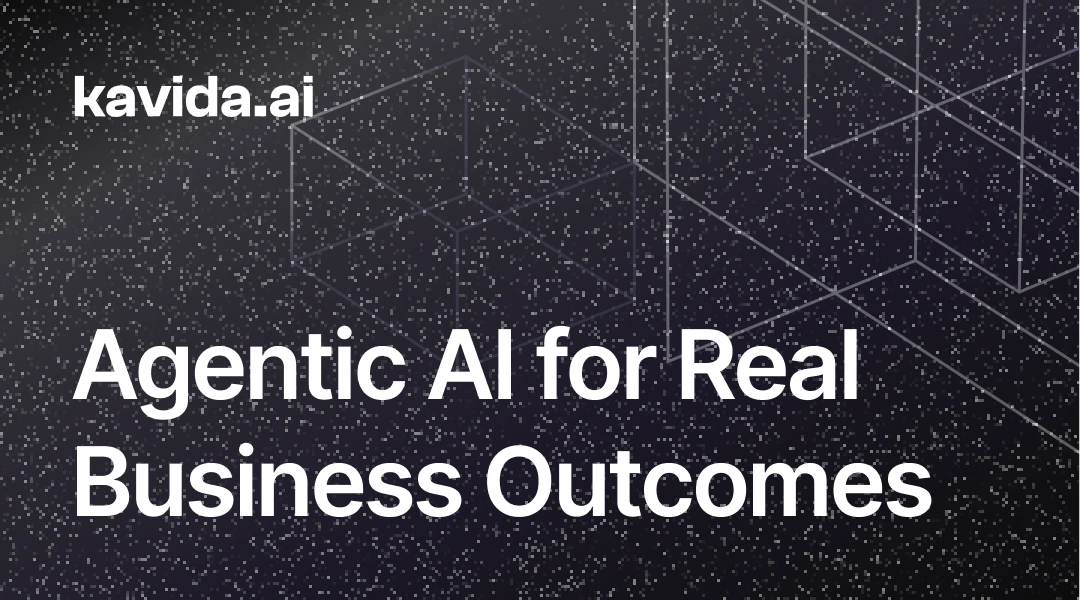
ANNOUNCEMENT
QAD Redzone acquires Kavida — our Agents have joined the Champion AI family

Discover how AI agents are reshaping the manufacturing operating model

Hi, I’m Alison!
Share your details, and I’ll give you a call in minutes to see how we can assist.

Imagine this: it’s 8:30 a.m. and your manufacturing team’s first stand-up is with your AI agent. Just like a Microsoft Teams meeting, it joins by voice, briefs you on critical updates, flags risks, and proposes next steps. You tell it what to execute on your behalf, and it gets to work instantly.
Every time you talk, it learns more, becoming sharper, more personal, and in-sync with the way your team operates.
Global manufacturing and supply chains are well on their way towards an intelligent AI-first future where agents become a trusted member of the team. Let’s explore what that looks like.
Your Agent = PhD-Level Intern

Supply chains thrive on precision, timing, and context. But the real edge? Human judgment and the instinct to read nuance, pivot when priorities change, and act without waiting for instructions.
Now, AI can do the same.
Today’s supply chain agents have the raw intelligence of a PhD graduate proven by benchmarks like the GPQA Diamond Test, where leading models are already outperforming most humans in reasoning and analysis. But just like hiring a fresh PhD into your team, that intelligence is raw potential, requiring context and the right guidance to reach its full impact.
And that’s where AI intimacy comes in. It’s the process of turning a capable but inexperienced digital hire into a trusted operational partner who knows you, adapts to you, and anticipates your needs.
Think of it like hiring an intern with world-class expertise in every discipline. The knowledge is there. The speed is there. But until you train them in your workflows, priorities, and ways of working, they can’t operate as a true teammate.
And that’s where AI intimacy comes in. It’s the process of turning a capable but inexperienced digital hire into a trusted operational partner who knows you, adapts to you, and anticipates your needs.
AI Intimacy in Action
Here’s how this plays out.
You’re managing inbound supply for a tier-one automotive manufacturer. Products come from multiple continents, each supplier works in different formats, and timelines are tight. In a standard setup, your AI is diligent but reactive waiting for you to notice exceptions and tell it exactly what to do.
Now, imagine an AI agent in action:
- Supplier-specific rules: When an international supplier sends inspection certificates with dates in day-month-year format, the agent standardises them to your internal format and continues tracking without interruption.
- Priority-based escalation: When a shipment containing critical components for an automotive production line is delayed, the agent immediately alerts the plant manager and procurement team via your preferred channel.
- Pattern-aware adjustments: When the agent spots seasonal shipping bottlenecks affecting freight routes, it automatically adjusts lead-time buffers for high-priority assemblies without you needing to explain why.
Over time, you don’t just use the agent; you work with it. It has absorbed enough of your operating style that it can act with the judgment of someone who’s been in your role for years.
That’s the difference between automation and intimacy.
From Configuration to Continuous Feedback – Teaching Your Agent Like a Teammate
AI intimacy isn’t coded in at deployment and left to run. It’s built every time you interact whether in meetings, during screen shares, and in the middle of your daily work.
The old approach was: configure, deploy, and periodically reconfigure. The new reality is: talk, adjust, refine continuously.
We’re moving through the three ages of human-computer interaction:
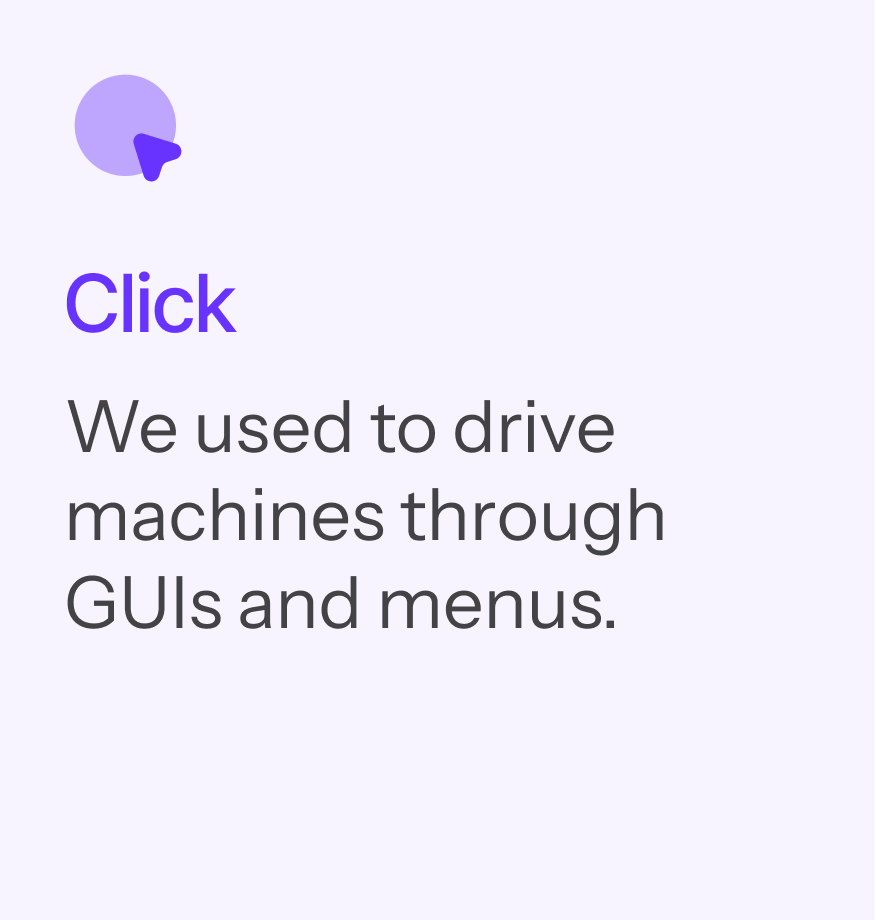


Here’s how that looks in practice:
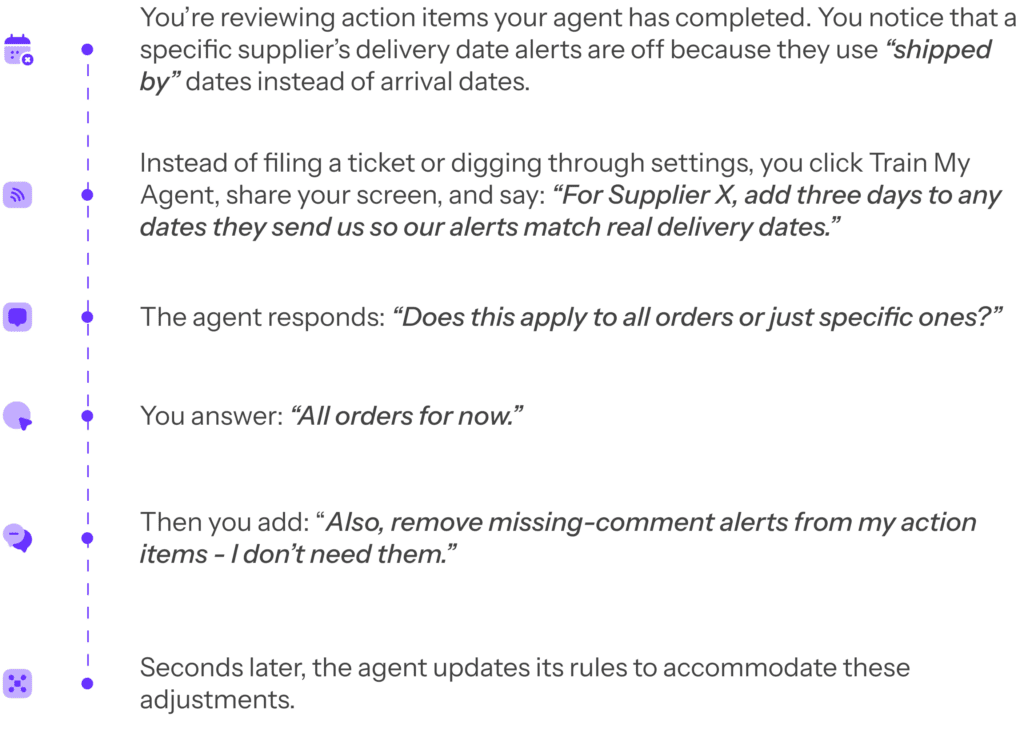
This is the human-in-the-loop feedback cycle in action:
Spot an adjustment
See something that needs a tweak.
Tell the agent directly
Use voice or screen share to explain.
Agent clarifies
It asks follow-ups to ensure accuracy.
Instant application
The change takes effect immediately.
Cumulative learning
Every interaction sharpens the agent’s understanding.
Over time, this turns your agent from a “system” into a living, learning teammate that learns faster the more you work together.
The Value This Unlocks for Manufacturing Teams
When these roles are brought together, the agent doesn’t just run — it delivers the outcome at a fraction of the human cost.
No Back-and-Forth with Support
Your agent understands your operational context and history, so it can interpret requests and make adjustments without repeated clarification. That means fewer interactions with IT, support teams, or human middlemen.
High Configurability Without the Pain
Traditionally, customising a system required navigating complex settings or hiring technical expertise. With AI intimacy, configuration happens through use. You talk, it learns.
An Agent That Grows With You
Supply chains are dynamic. Priorities shift, suppliers change, and new constraints emerge. An intimate agent evolves alongside these changes, retaining valuable context as your operations adapt.
Reduced Cognitive Load
By anticipating your preferences and automating repetitive triage, the agent frees your mental bandwidth for higher-value strategic work. Less “what’s next?” and more “let’s solve this.”
Institutional Knowledge Transfer
Every rule, preference, and exception you teach the agent becomes part of a shared organisational memory. This captures the expertise of senior staff and makes it accessible across the team, reducing dependency on individuals.
The outcome is predictable: even after a costly consolidation, organisations face the same rigidity, just in a larger system with a bigger sunk cost.

The Endgame: Symbiotic Human-Machine Collaboration
The supply chain challenges of tomorrow won’t be solved by speed alone but by adaptable systems and teams that can absorb new information, adjust quickly, and act with context.
AI intimacy is how we get there.
By enabling natural, real-time feedback through self-learning feedback loops, we create agents that aren’t just tools, but trusted digital teammates. They remember the details, adapt to the nuances, and anticipate the next step before we even say it.
The companies that embrace this shift will find themselves with supply chains that aren’t just more efficient, but more resilient and collaborative. And in a world of constant disruption, that’s the edge that lasts.
Related articles

How to Ensure Your Agentic Implementation Achieves Your Business Outcomes
The AI hype is intoxicating. For £30, you can subscribe to Microsoft Agentic Studio or Zapier, spin up...
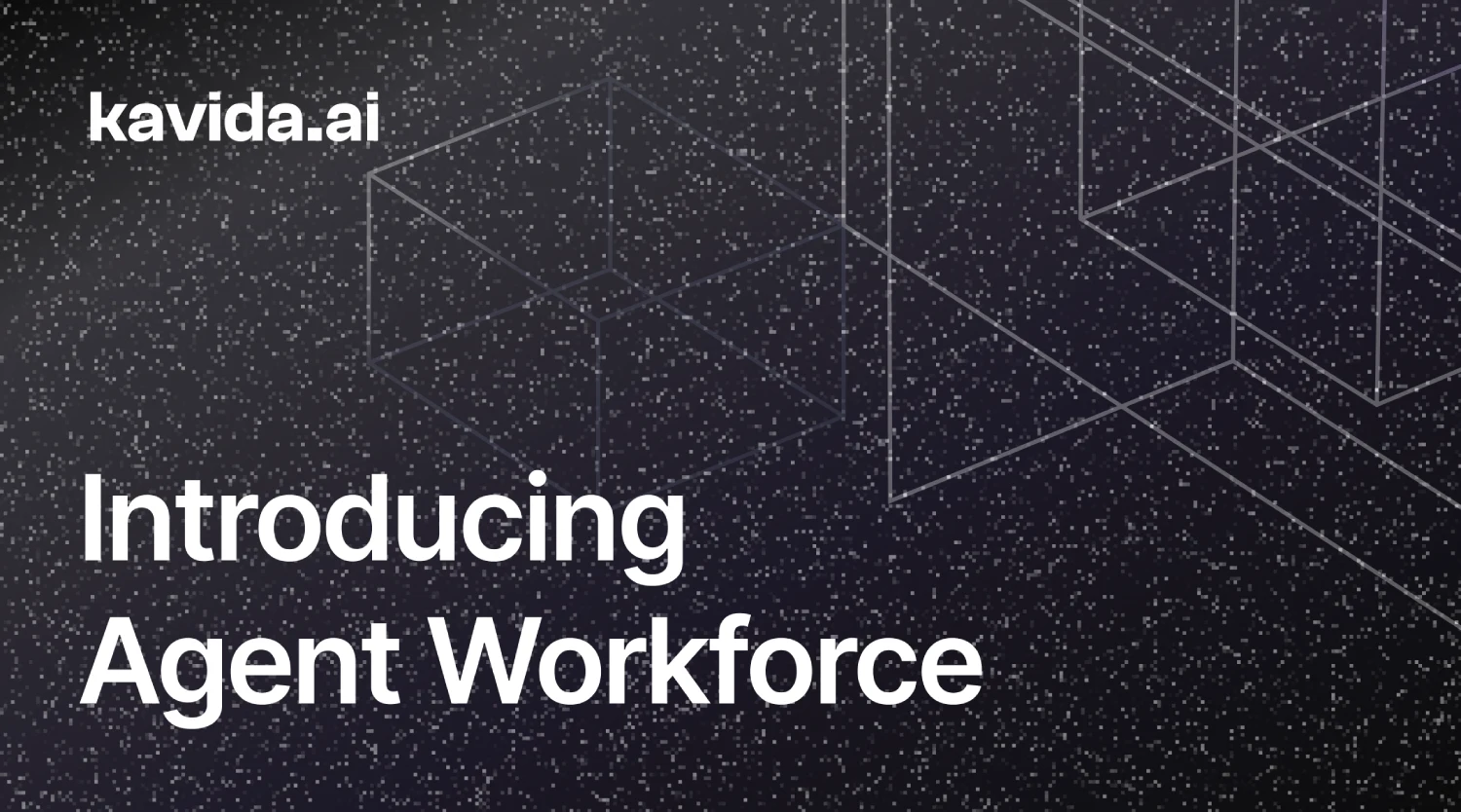
Agent PO Vs. Microsoft Copilot – A Breakdown For Procurement Professionals
Procurement leaders today need more than just efficient workflows—they need insights that drive smart decision-making. For decision makers...
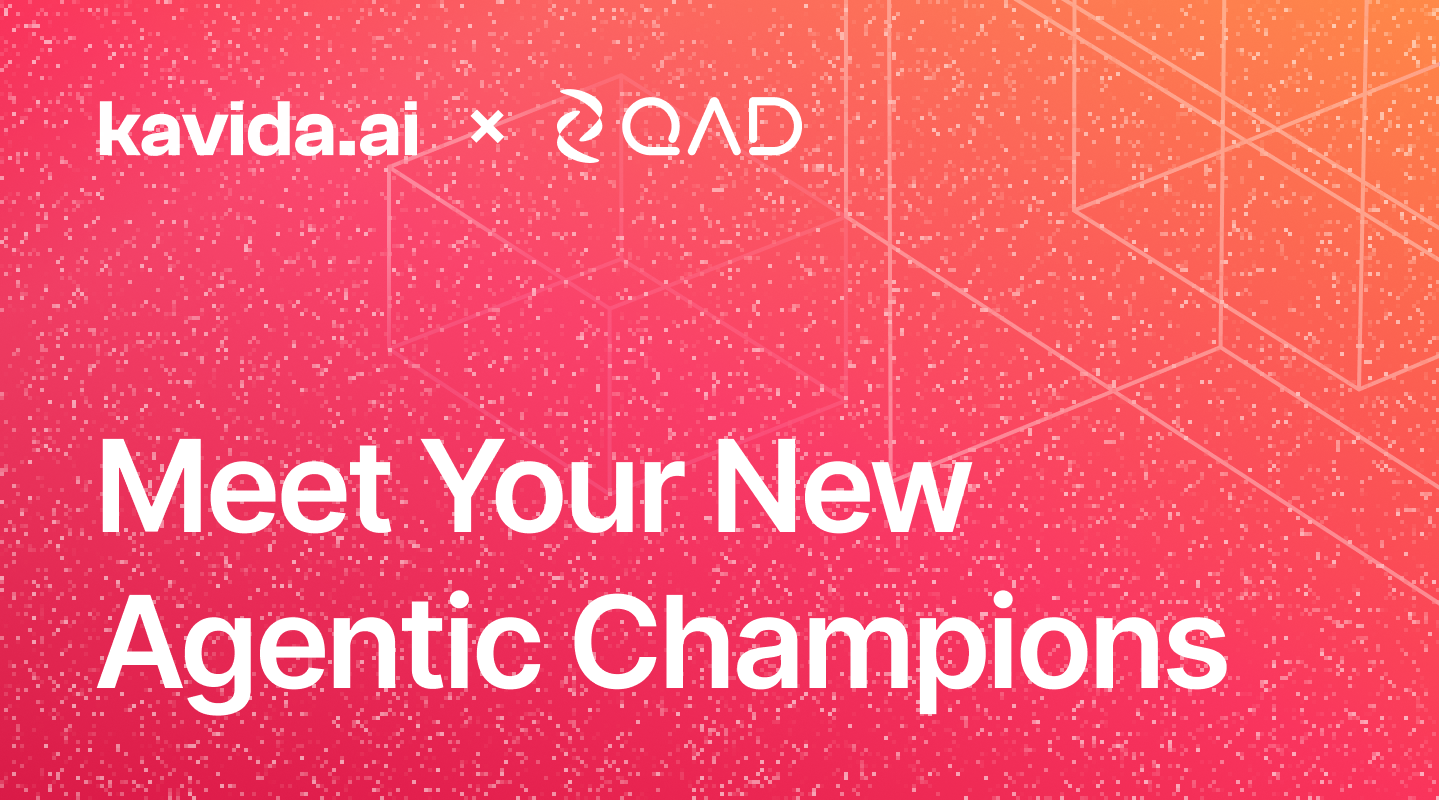
Kavida Joins QAD: Meet Your New Agentic Champions
In manufacturing supply chains, an unconfirmed purchase order is a risk multiplier...

